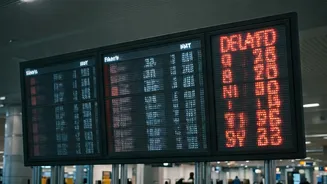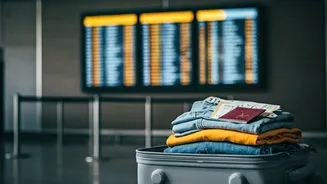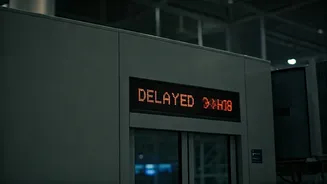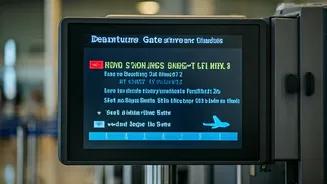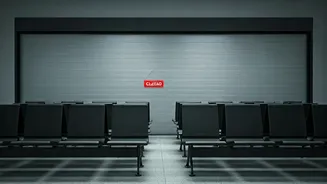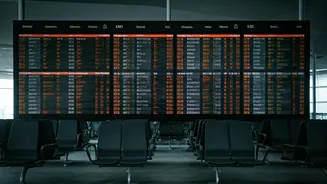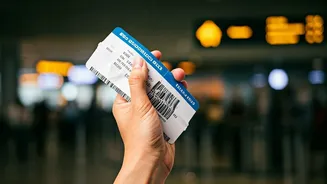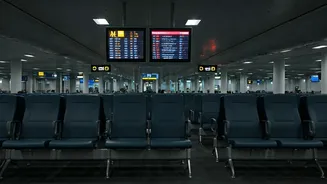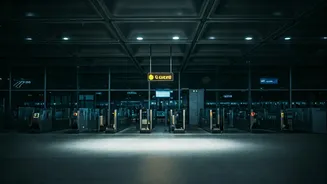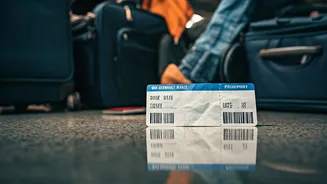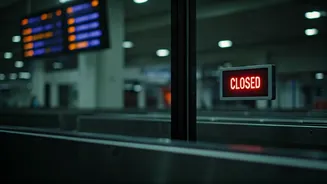Early Arrival Paradox
The conventional wisdom of arriving at the airport two hours before a flight is frequently applied; however, it can inadvertently amplify stress. Arriving
excessively early exposes travelers to longer wait times, which can intensify anxiety. This 'wait-and-worry' period allows for the anticipation of potential delays to fester, making the overall experience feel extended and more taxing. For example, if one spends two hours waiting, the initial anticipation of the flight is likely amplified as compared to a traveler who arrives later. Therefore, while safety is paramount, a balanced approach to arrival times can significantly improve the airport experience, reducing the impact of potential problems, and offering a more comfortable start to a journey. The early arrival strategy, though designed for comfort, can paradoxically backfire.
When Earlier Doesn't Help
There are instances where arriving earlier doesn't enhance the travel experience, especially when considering potential factors such as flight delays and gate changes. Even if you arrive well in advance, delays can still occur due to various reasons like weather, technical issues, or air traffic control problems. These uncertainties can negate the perceived benefits of arriving early, leaving travelers in a state of extended anticipation and worry. Gate changes further complicate things, as passengers must often traverse long distances within the airport to reach their new gate, reducing the early advantage. For example, suppose that a flight is delayed by an hour. In this case, the early arrival is a waste of time. Therefore, one must keep an eye on the flight status and gate changes for the duration of the time spent at the airport.
Frequent Flyer Limits
Frequent flyers might also face travel limitations linked to the 'half-headway rule.' This concept suggests that when a traveler is constantly flying, the effective travel time increases. For instance, if a business traveler takes multiple short-haul flights in a day, each flight's operational procedures, such as security checks and boarding, accumulate, effectively compounding the time spent at airports and in transit. This can lead to significant weariness, particularly on trips with several flight transfers. This highlights how the frequency of travel can reduce the overall efficiency. Therefore, the frequency of the flights should also be taken into account to optimize travel, where possible.
The Bottom Line
Navigating the complexities of air travel involves a strategic approach to time management to mitigate anxiety. The optimal time for airport arrival is not a one-size-fits-all scenario; it's a balance that considers flight specifics, airline operational efficiency, and individual preferences. Understanding the potential for delays, flight frequency, and gate changes provides a basis for making informed decisions. In conclusion, arriving at an airport is a strategic decision influenced by various factors; instead of blindly adhering to a fixed time window, assessing the situation allows travelers to improve their overall airport experience, potentially reducing stress.

